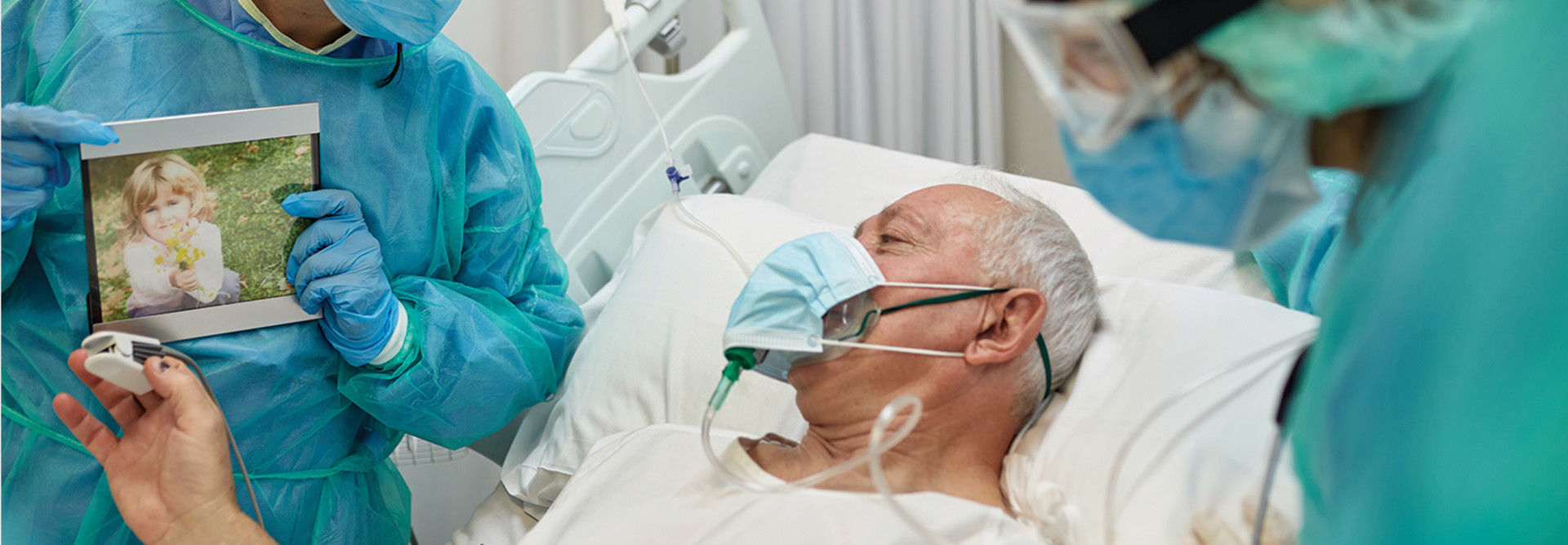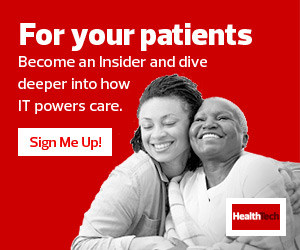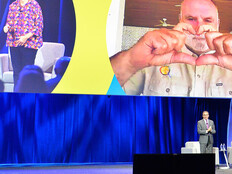‘Virtual Care Endpoints’ Emerge to Support Telehealth
Telehealth technology has been growing in importance for outpatient care, but during the pandemic, it has become a vital part of the in-patient experience as well. Take, for example, how Banner Health, based in Phoenix, has converted large-screen televisions that were already in nearly 1,200 patient rooms into “virtual care endpoints.” Along with software, controllable cameras and other hardware, Banner uses the technology to conduct virtual rounding, communicate with patients and even bring in outside specialists to visit patients.
Ultimately, in-patient telehealth helps patients feel less isolated while also reducing the frequency with which clinicians must enter a room. The setup helps Banner Health lessen exposure to COVID-19, which saves time and money while reducing the demand for personal protective equipment.
RELATED: See how in-room cameras enable safety and seamless visits.
Digital Tools Add Value Both in and Out of Hospital Settings
At St. Luke’s University Health Network, telehealth has expanded immensely in response to the pandemic. Earlier this year, the network saw fewer than 10 telehealth sessions per day at its 12 hospitals and 300-plus care sites in Pennsylvania and New Jersey, but that number skyrocketed to more than 100,000 remote visits in the two months following the expanded rollout of Microsoft Teams in response to the coronavirus.
Even medical tools are going virtual with the growing adoption of digital stethoscopes. The bottom line is that, regardless of whether they’re used for in-patient or home telehealth visits, these collaborative technologies are no longer a “nice to have” feature; they’re essential.
MORE FROM HEALTHTECH: Digital stethoscopes deliver value for pandemic care.











